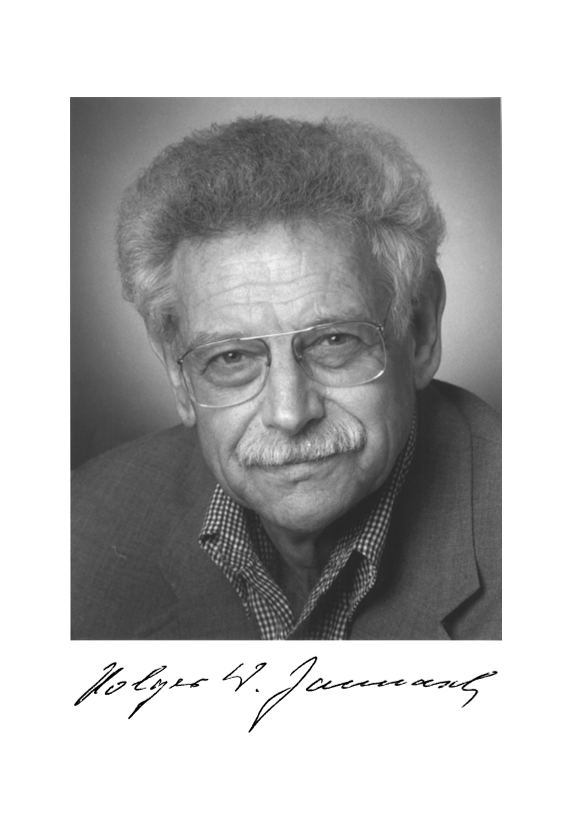
Full text loading...

SMALL IS POWERFUL: Recollections of a Microbiologist and Oceanographer, Page 1 of 1
< Previous page | Next page > /docserver/preview/fulltext/micro/51/1/annurev.micro.51.1.1-1.gif
There is no abstract available.

Article metrics loading...

Full text loading...
Literature Cited


Data & Media loading...
